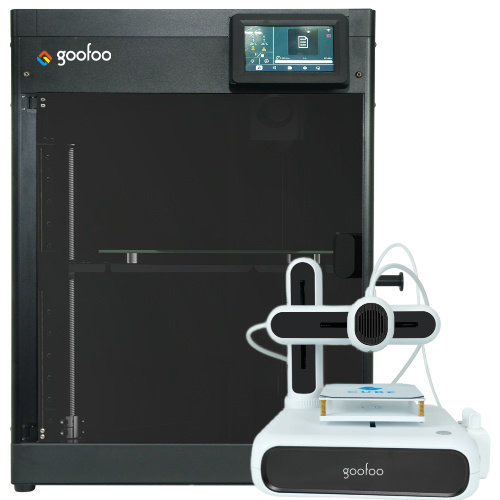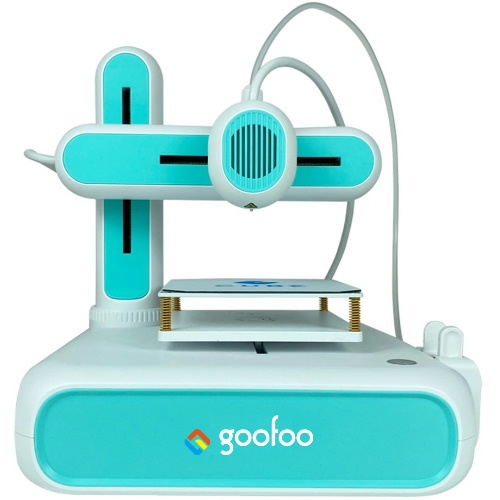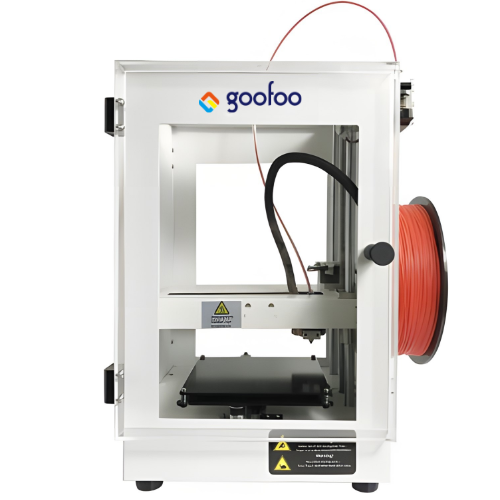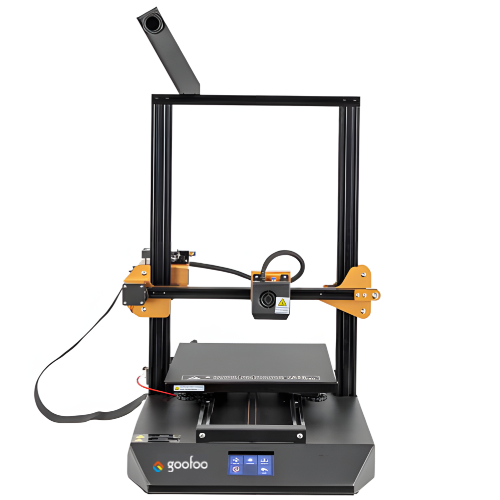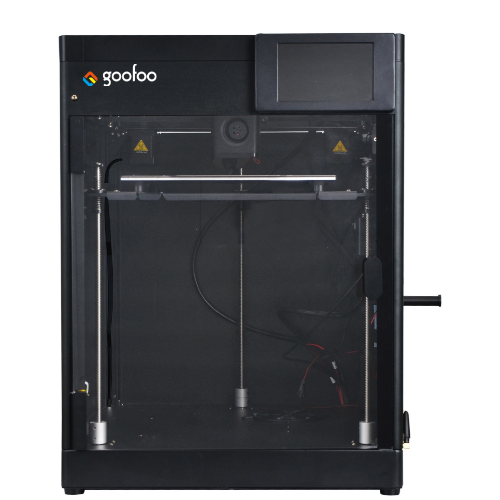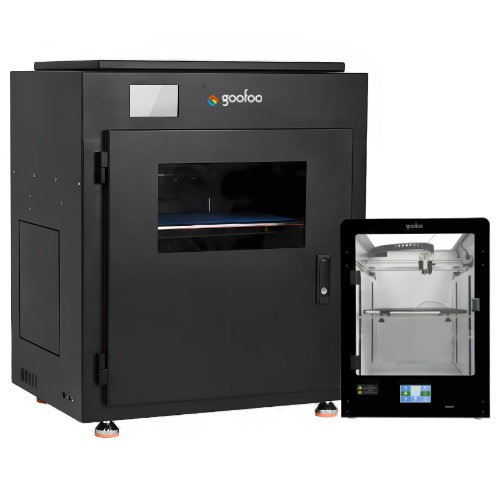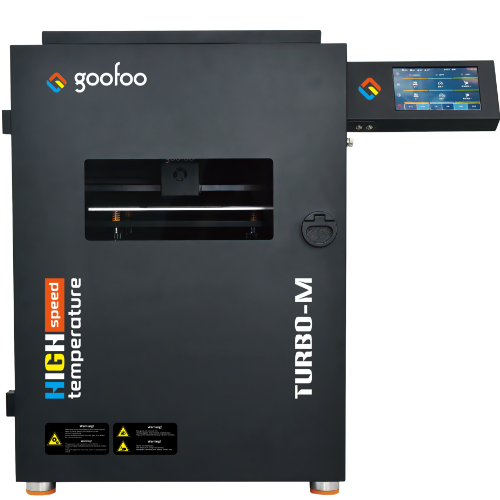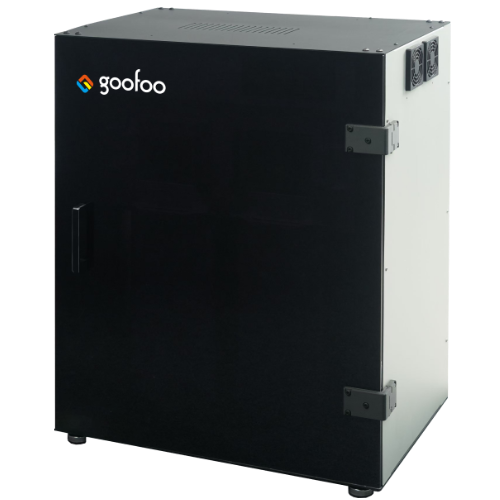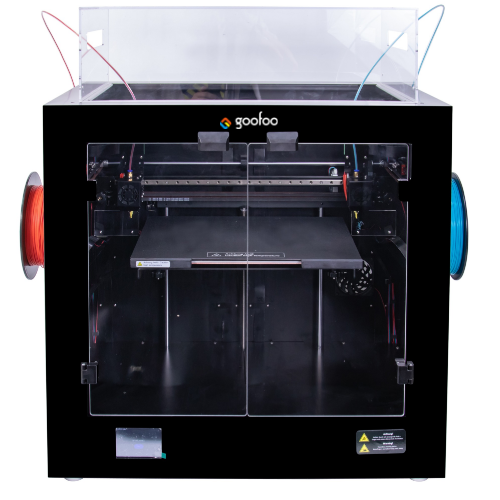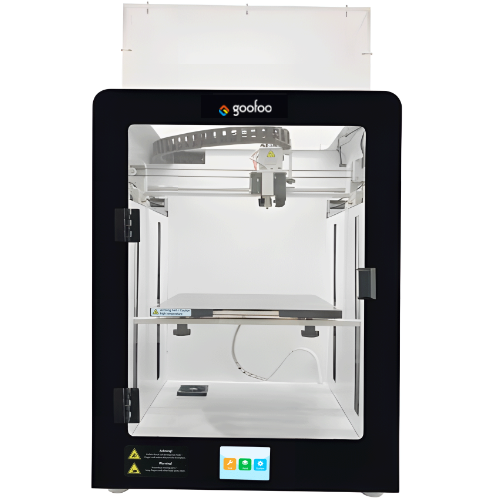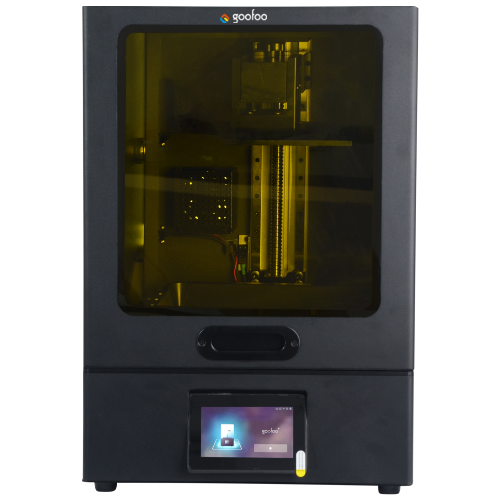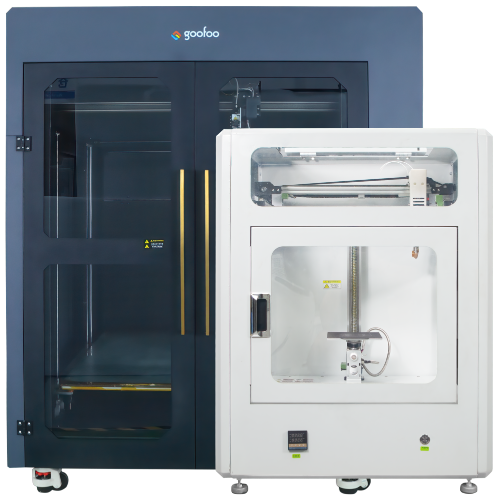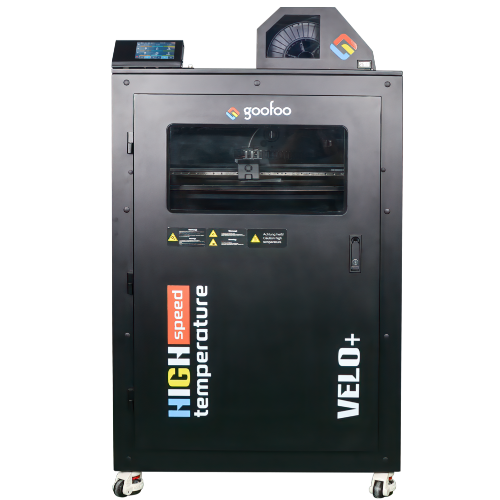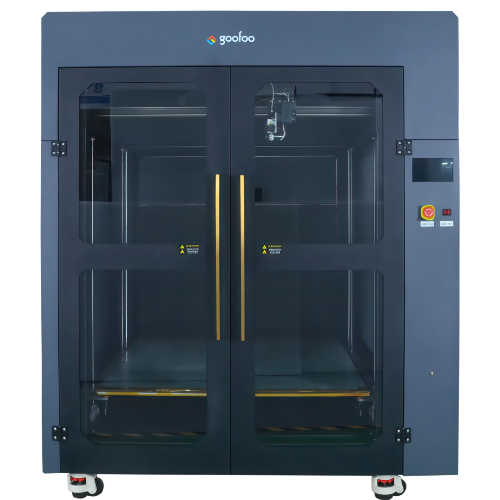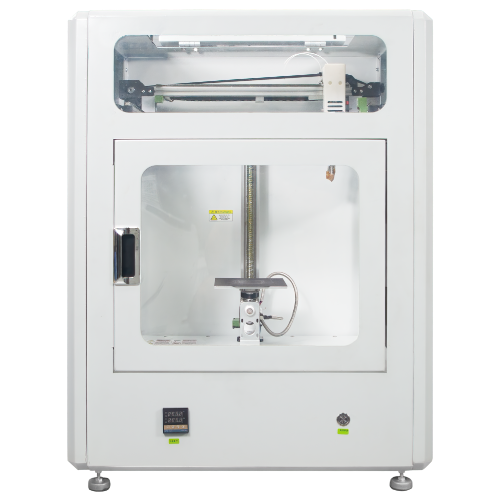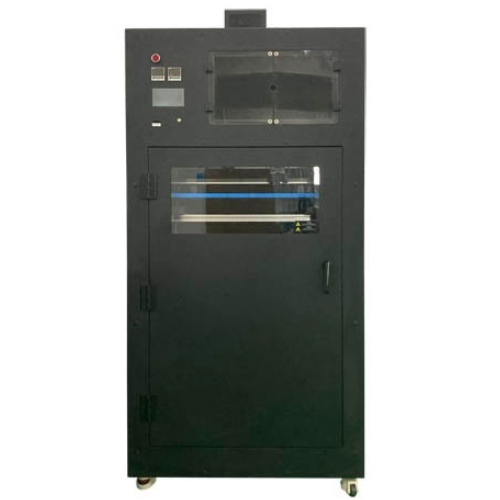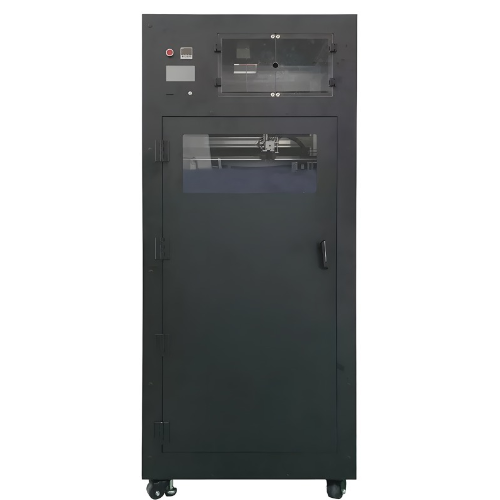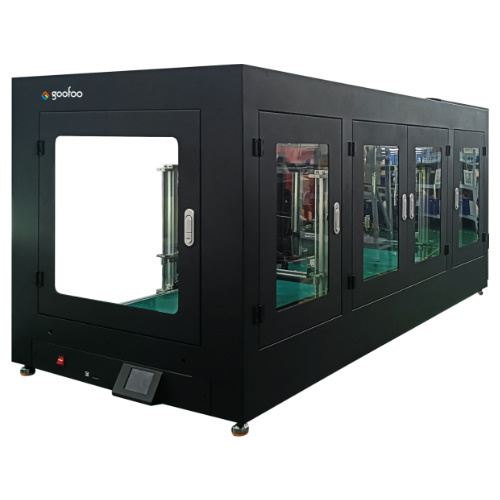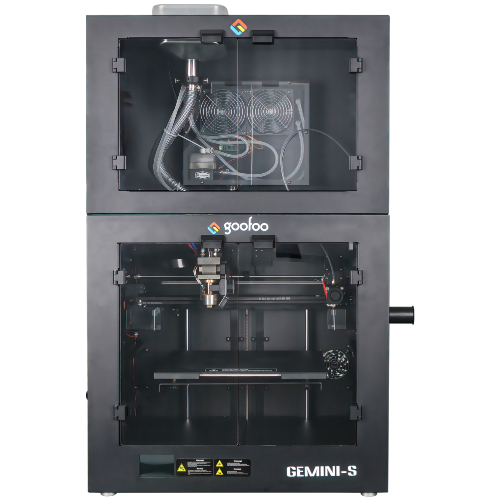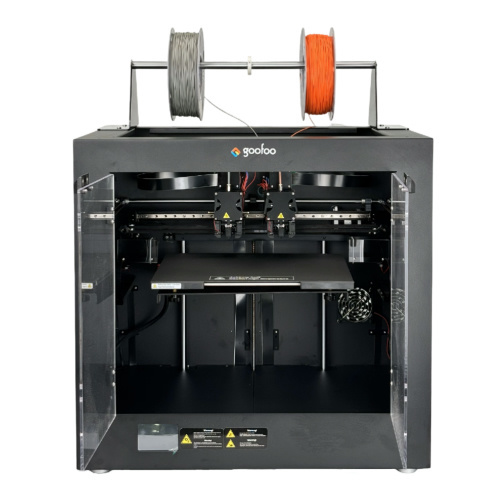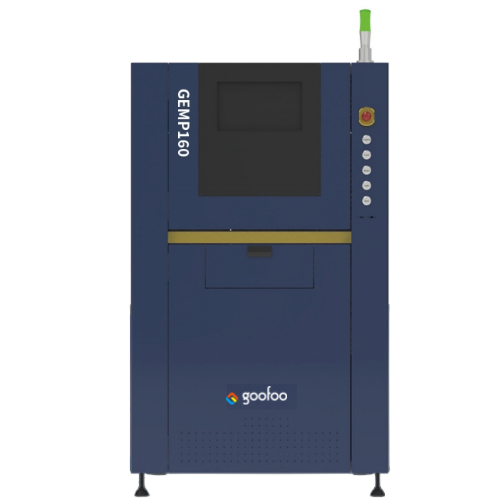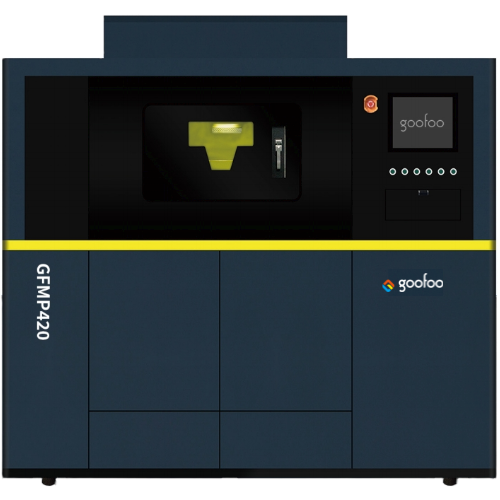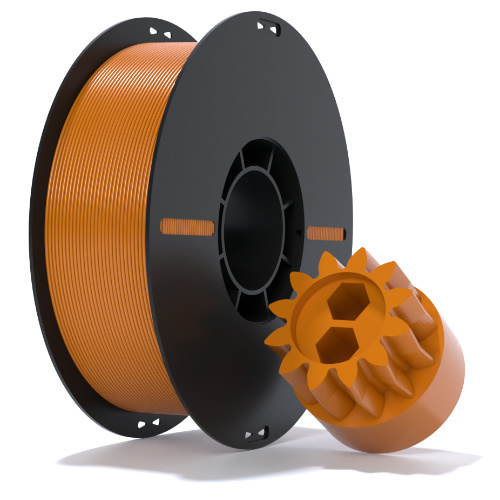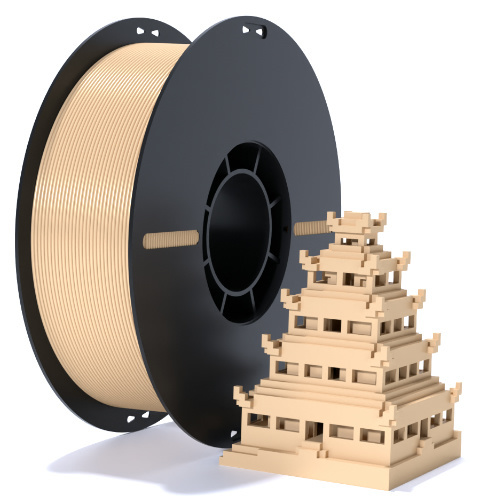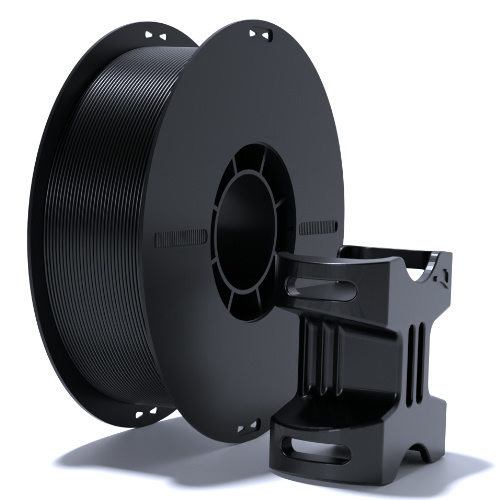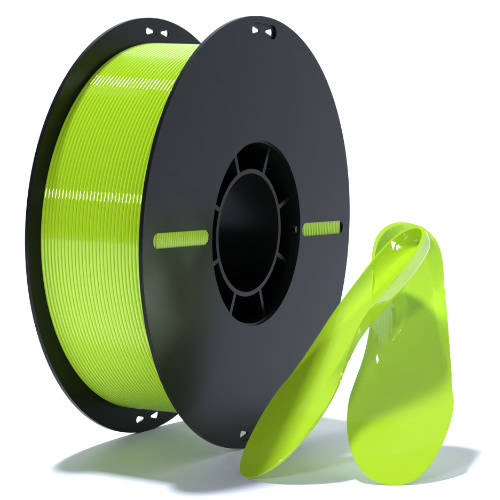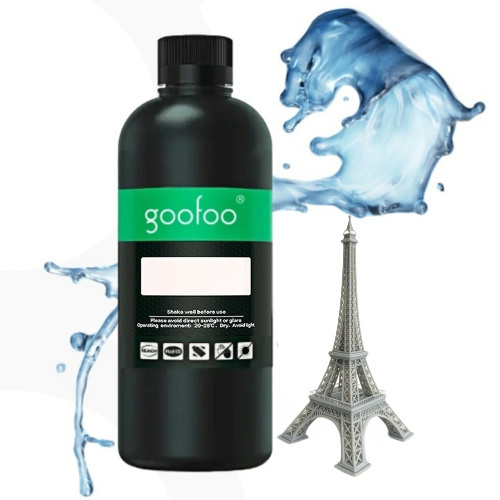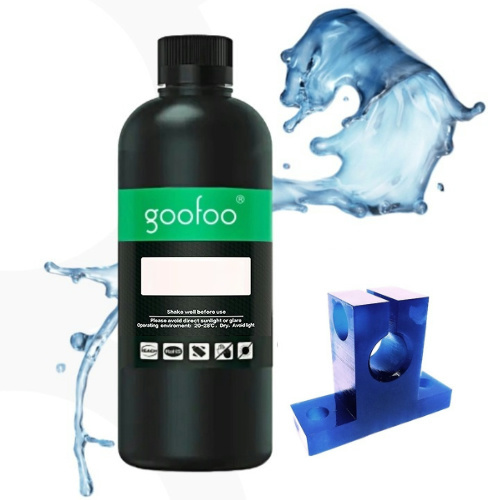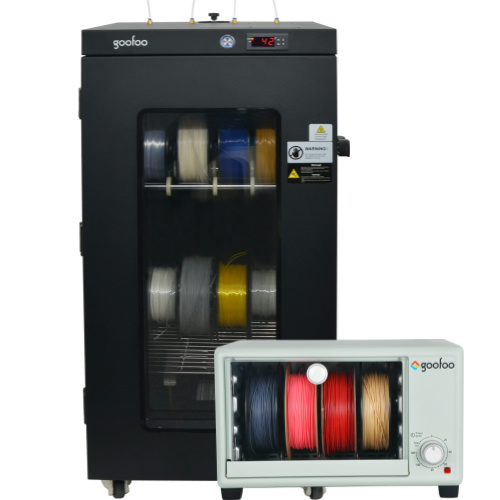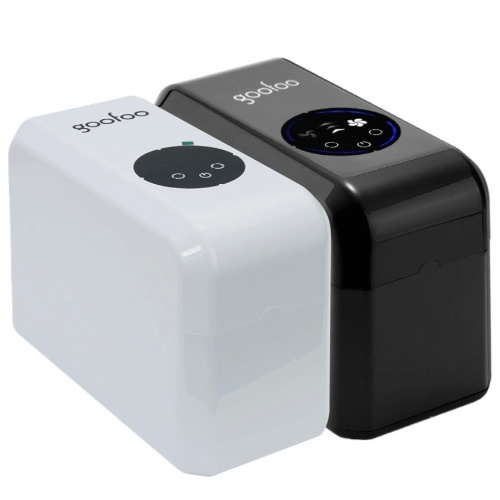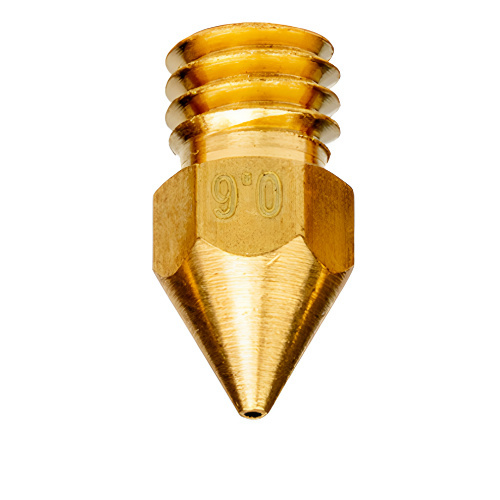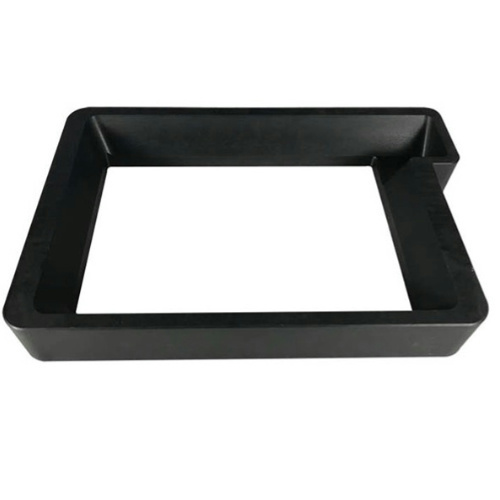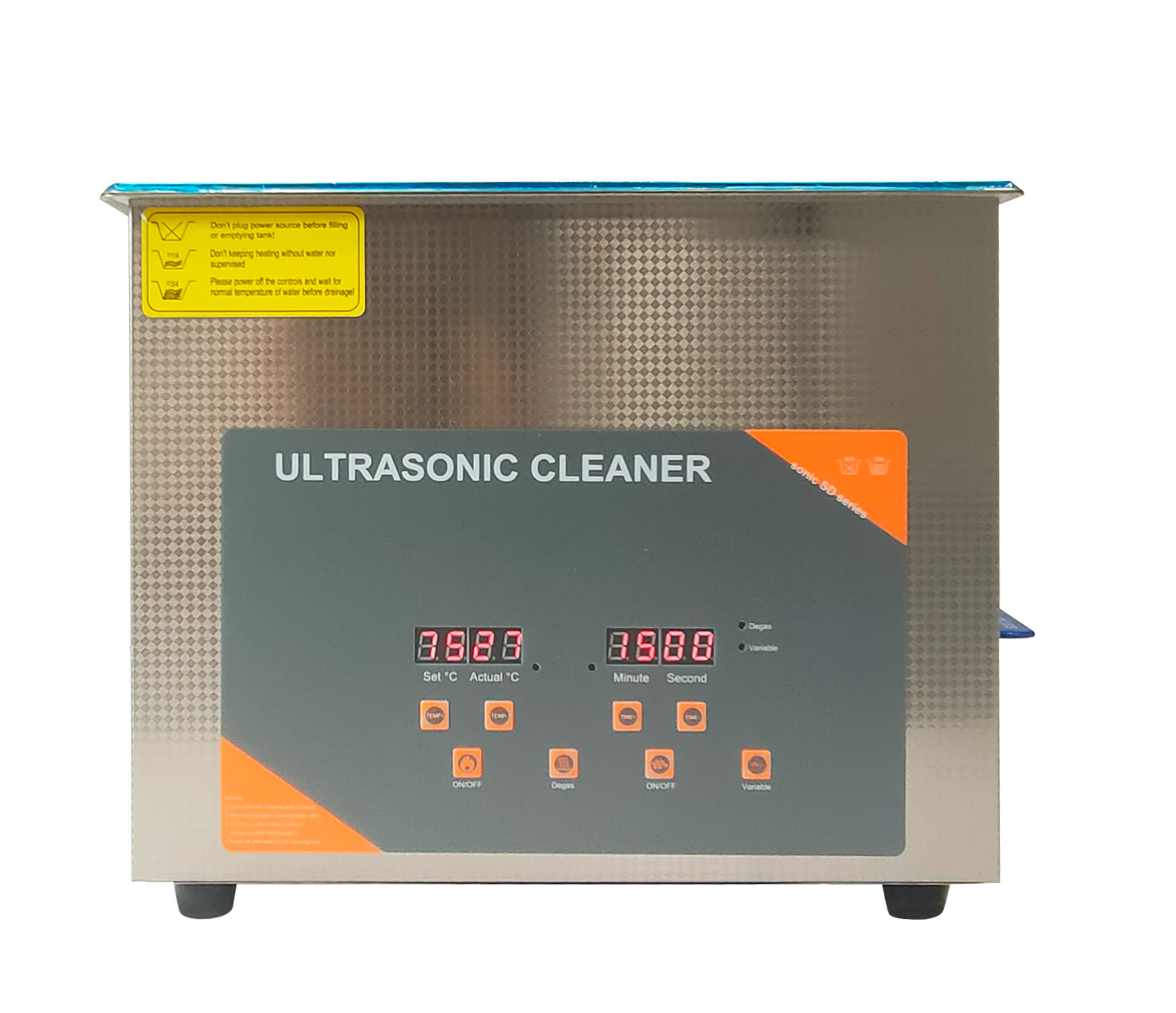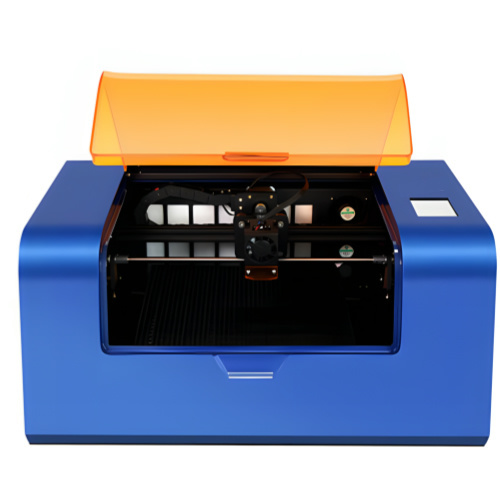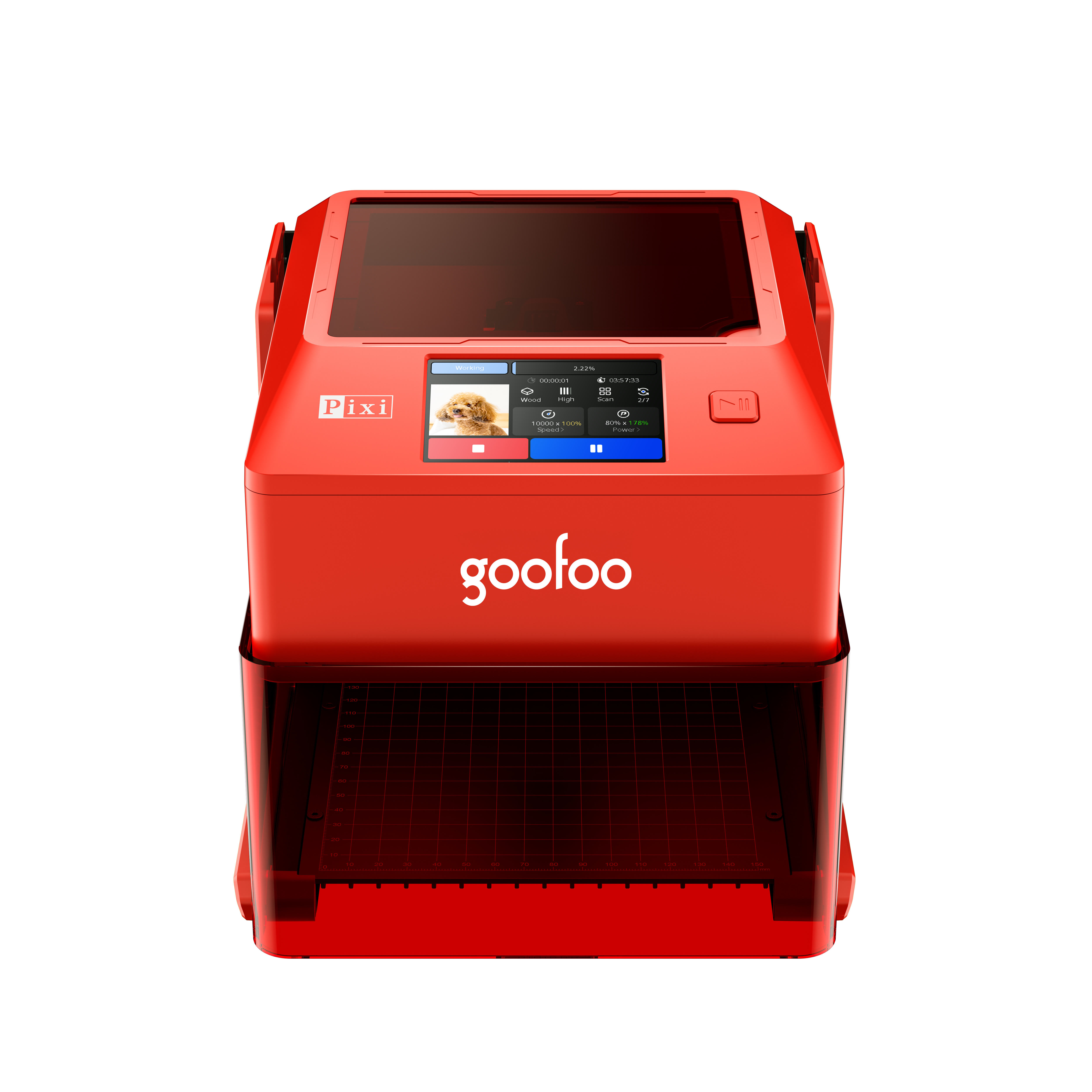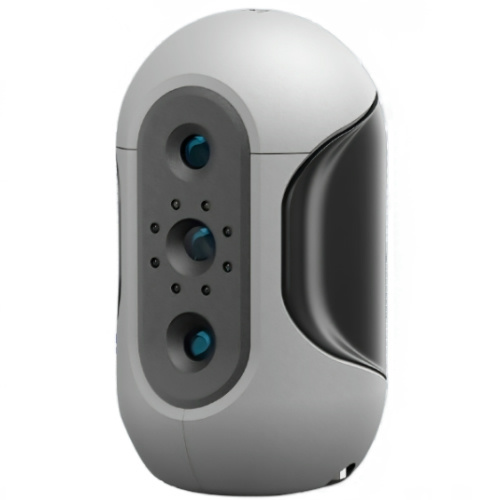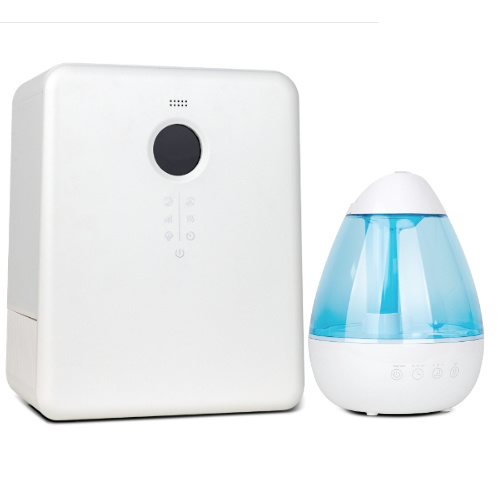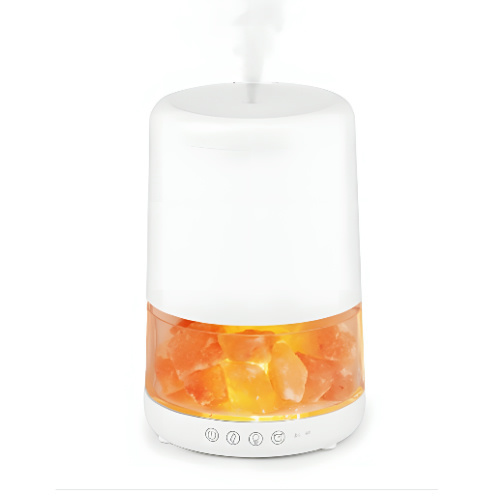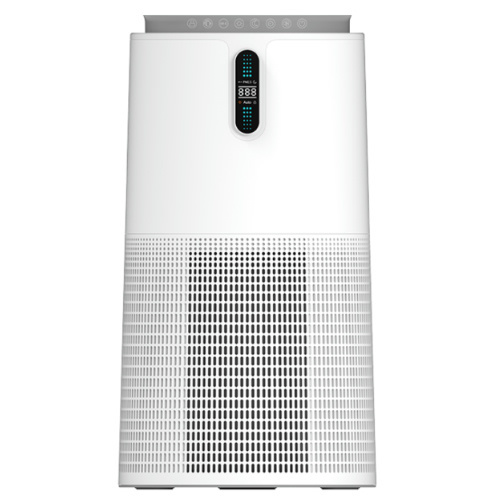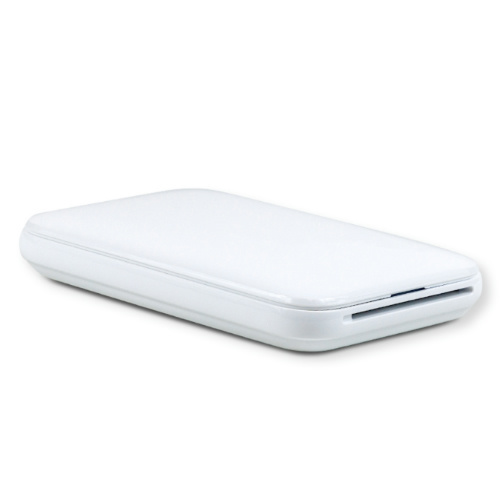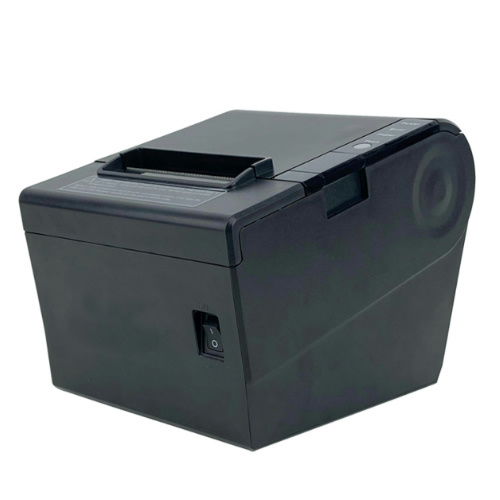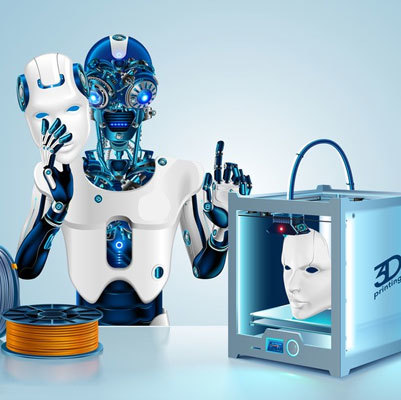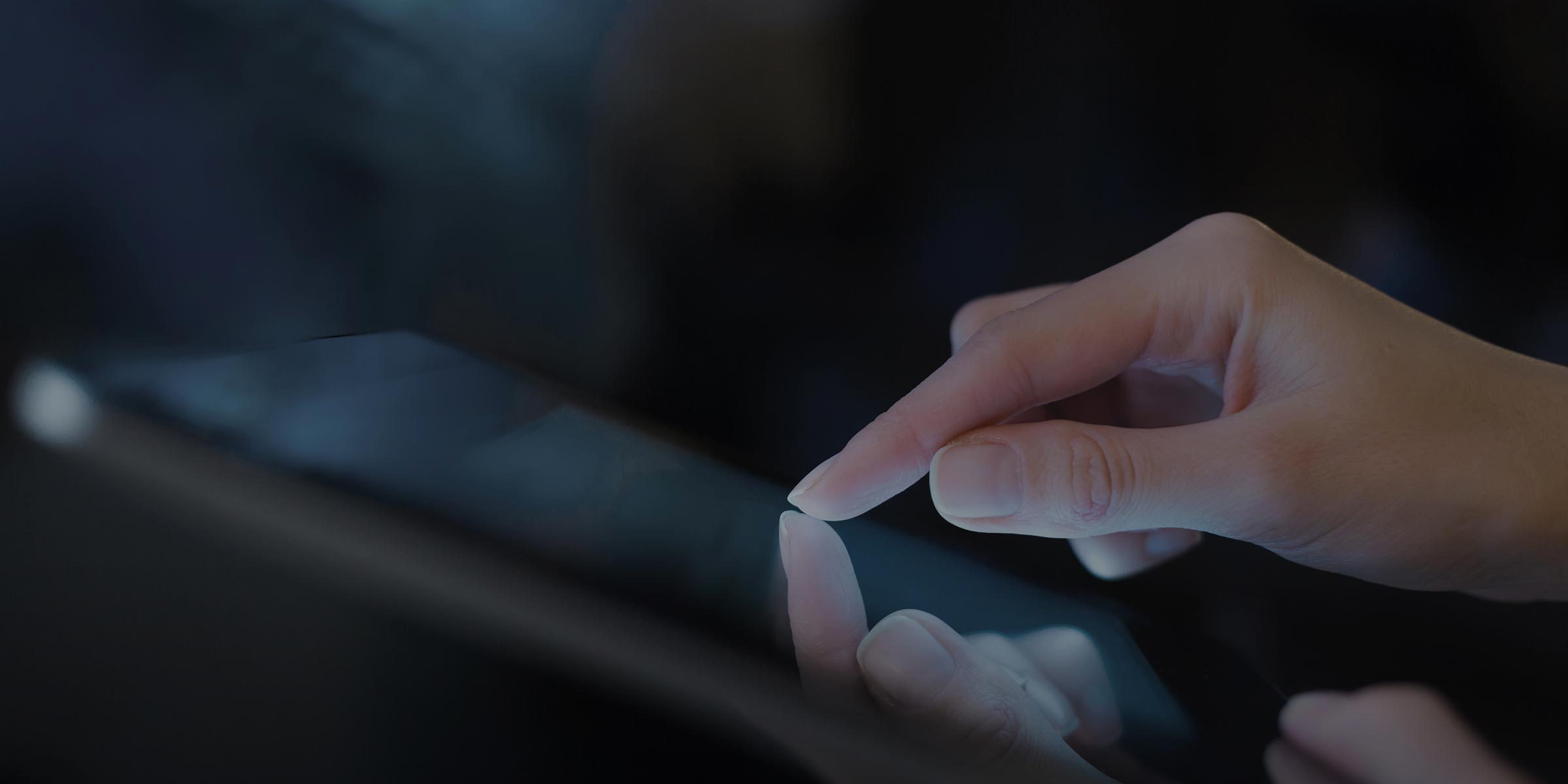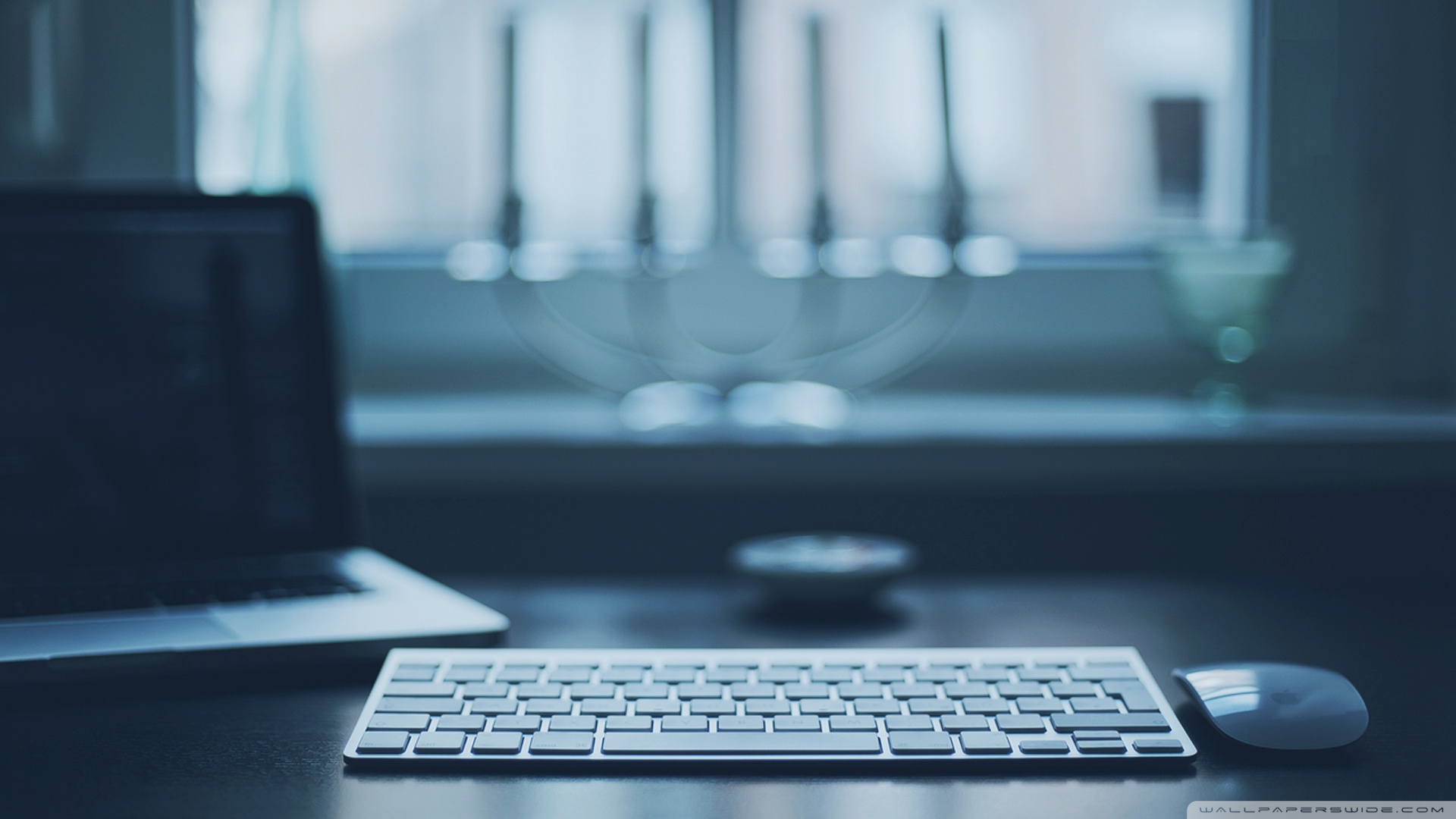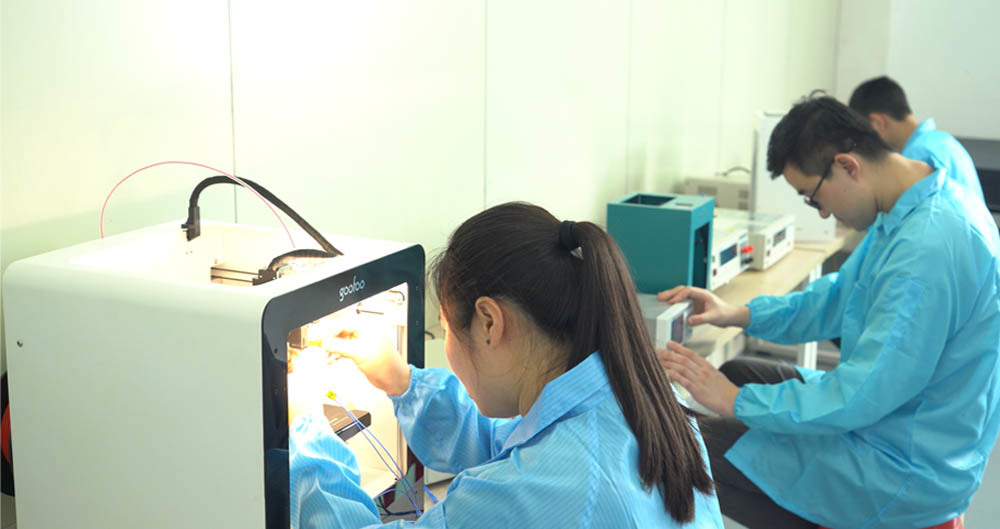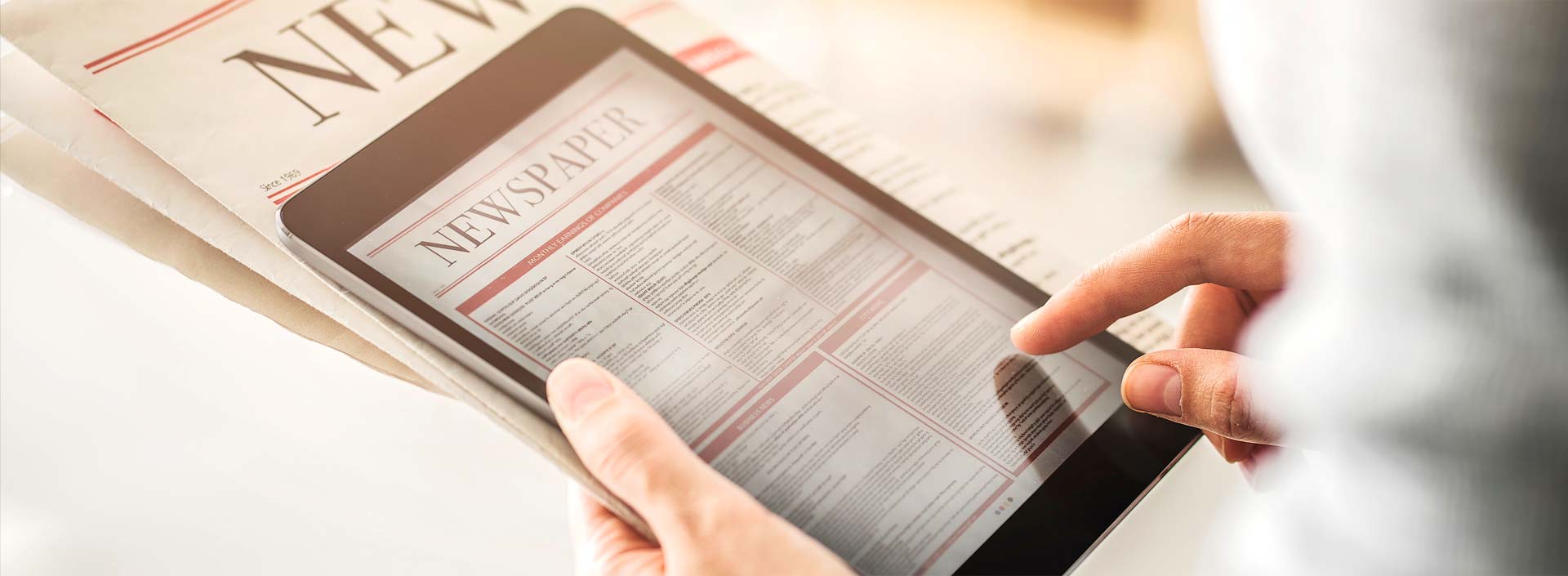All Categories
Exploring the World of Customizable 3D Printer Models: Unlocking Your Creativity
2025-08-08 12:00
Exploring the World of Customizable 3D Printer Models
Introduction to Customizable 3D Printer Models
The evolution of **3D printing technology** has revolutionized the way we create and manufacture objects. Customizable 3D printer models provide an unprecedented opportunity for individuals and businesses alike to unleash their creativity. By allowing users to tailor designs to meet specific needs, customizable models transform the traditional printing landscape. In this article, we will delve into the key elements of customizable 3D printer models, exploring the tools, benefits, trends, and future implications of this dynamic industry.
Table of Contents
- Understanding 3D Printing Technology
- Benefits of Customizable 3D Printer Models
- Software and Tools for Designing Custom Models
- Popular Customizable 3D Printer Models
- Designing Your Own 3D Printer Models
- Emerging Trends in 3D Printing
- Challenges and Limitations of Customizable 3D Printing
- The Future of Customizable 3D Printing
- Frequently Asked Questions
- Conclusion
Understanding 3D Printing Technology
3D printing, also known as **additive manufacturing**, involves creating three-dimensional objects from a digital file. This process typically occurs in several stages:
1. **Design**: A model is designed using computer-aided design (CAD) software. This initial step forms the foundation for customization.
2. **Slicing**: The 3D model is then sliced into thin horizontal layers using slicing software, which prepares it for printing.
3. **Printing**: A 3D printer deposits material layer by layer until the object is complete.
This technology has been embraced across various industries, including aerospace, healthcare, and consumer products. The ability to produce tailored objects quickly and cost-effectively marks a significant advancement in manufacturing techniques.
Benefits of Customizable 3D Printer Models
Customizable 3D printer models offer numerous advantages, making them appealing for both personal projects and commercial applications:
1. **Personalization**: Users can create unique models that reflect individual preferences, needs, or brand identities.
2. **Cost-Effectiveness**: Custom models can reduce waste and material costs, as objects are designed specifically for their intended purpose.
3. **Rapid Prototyping**: Entrepreneurs and designers benefit from the ability to quickly prototype and iterate designs, facilitating faster project development.
4. **Accessibility**: With more user-friendly software and affordable printers on the market, customization is accessible to hobbyists and professionals alike.
5. **Innovation**: Customizable designs can lead to innovative solutions, encouraging creativity and exploration in various fields.
Software and Tools for Designing Custom Models
To take full advantage of customizable 3D printer models, understanding the software tools available is essential. Here are some popular options:
1. **TinkerCAD**: An intuitive, web-based CAD tool ideal for beginners. TinkerCAD allows users to create and modify 3D designs easily.
2. **Fusion 360**: A more advanced software offering powerful design features, suitable for professionals seeking to create complex models.
3. **Blender**: An open-source 3D modeling tool that is both versatile and free. Blender is ideal for artists and designers who want to create intricate designs.
4. **FreeCAD**: A parametric 3D modeling tool that is especially helpful for engineering and architectural projects.
5. **SketchUp**: Known for its simplicity, SketchUp is widely used in various design fields, providing compelling modeling tools for custom designs.
By mastering these software programs, users can unlock the full potential of customizable 3D printing.
Popular Customizable 3D Printer Models
Several customizable 3D printer models have gained popularity in recent years, showcasing the potential of this technology:
1. **Phone Cases**: Customizable phone cases allow users to express their style while providing protection. With various designs available, users can tweak dimensions, colors, and textures to fit their preferences.
2. **Home Decor Items**: Items like vases, lamps, and wall art can be uniquely designed to match personal aesthetics or home themes.
3. **Toys and Figurines**: Customizable toys offer a fantastic opportunity for creativity, allowing users to create unique characters and playthings that reflect their imagination.
4. **Jewelry**: 3D printing has made it possible to design and produce intricate jewelry pieces tailored to individual tastes.
5. **Replacement Parts**: Customizable models can serve as direct replacements for broken or outdated parts, reducing waste and prolonging the life of devices.
The flexibility of customizable 3D printer models makes them suitable for a wide array of applications.
Designing Your Own 3D Printer Models
Creating your own 3D printer models may seem daunting, but with the right approach, it can be an enjoyable and rewarding process. Here are steps to consider when designing your models:
1. **Define Your Purpose**: Determine the objective behind your design. Understanding the end-use will guide your decisions throughout the process.
2. **Gather Inspiration**: Look for inspiration in existing designs online. Websites like Thingiverse and MyMiniFactory host countless models that can spark creativity.
3. **Sketch Your Ideas**: Before diving into software, sketching your ideas on paper can help you visualize the final product.
4. **Choose the Right Software**: Select a tool that aligns with your skill level and design complexity. Beginners may prefer TinkerCAD, while experienced users might choose Fusion 360.
5. **Iterate and Refine**: Don’t be afraid to test your designs. Iterate on feedback and refine your models to perfection.
6. **Prepare for Printing**: Once your design is complete, export it in the correct format (usually STL), slice it using appropriate software, and get ready to print.
By following these steps, you can create unique and functional 3D printer models tailored to your specifications.
Emerging Trends in 3D Printing
The 3D printing landscape is continually evolving, with several trends shaping the future of customizable models:
1. **Sustainability**: As environmental concerns grow, more companies are exploring biodegradable and recyclable materials for 3D printing.
2. **Metal Printing**: Advancements in metal 3D printing are enabling the production of complex parts for aerospace and automotive applications.
3. **Bioprinting**: The medical field is witnessing groundbreaking developments in bioprinting, where tissues and organs can potentially be printed for transplant.
4. **Distributed Manufacturing**: 3D printing allows for localized production, reducing shipping costs and times while promoting on-demand manufacturing.
5. **Integration with AI**: Artificial intelligence is beginning to play a role in optimizing designs and improving efficiency in 3D printing processes.
These trends indicate a promising future for customizable 3D printer models and their applications across industries.
Challenges and Limitations of Customizable 3D Printing
Despite the many advantages, customizable 3D printing does come with its challenges:
1. **Material Limitations**: Not all materials are suitable for 3D printing, which can limit design choices and product durability.
2. **Technical Skills**: Creating complex designs often requires advanced technical knowledge, which may be a barrier for beginners.
3. **Print Quality Issues**: Achieving high-quality prints can be challenging, especially for intricate designs that require precision.
4. **Cost of Equipment**: While prices have decreased, professional-grade 3D printers and materials can still be costly, posing a challenge for some users.
5. **Regulatory Concerns**: As 3D printing technology evolves, regulations and standards surrounding it will need to adapt, particularly in industries like healthcare and aviation.
Addressing these challenges will be crucial for the continued growth of customizable 3D printing.
The Future of Customizable 3D Printing
The future of customizable 3D printing looks bright as technology continues to advance. We can anticipate:
1. **Wider Acceptance**: As more industries recognize the benefits of 3D printing, its adoption is likely to increase, leading to broader applications.
2. **Enhanced User Experience**: Future software developments will likely focus on making design tools even more user-friendly, encouraging more people to engage in 3D printing.
3. **Innovative Materials**: Research and development efforts will yield new materials that offer improved performance and sustainability for 3D printing.
4. **Collaboration and Sharing**: Online communities will continue to support sharing designs, knowledge, and resources, fostering innovation in the field.
5. **Integration with IoT**: The Internet of Things (IoT) may play a role in 3D printing, allowing for smarter manufacturing processes and real-time monitoring.
As these trends materialize, customizable 3D printing will continue to reshape the way we create, produce, and innovate.
Frequently Asked Questions
1. What is a customizable 3D printer model?
A customizable 3D printer model is a design that can be tailored to meet specific requirements, allowing users to modify features, dimensions, and aesthetics before printing.
2. How do I choose the right software for 3D modeling?
Your choice of software should depend on your skill level and the complexity of the designs you wish to create. Beginners may find TinkerCAD easier, while professionals often prefer Fusion 360 or Blender.
3. Can I make money with customizable 3D printing?
Yes, many individuals and businesses generate income by designing and selling custom 3D printed products, offering services for rapid prototyping, or creating unique models for clients.
4. What are the common materials used in 3D printing?
Common materials include PLA, ABS, PETG, and TPU for plastics, while advanced printers can use metals and even ceramics.
5. How can I improve the quality of my 3D prints?
To enhance print quality, ensure proper calibration of your printer, use high-quality materials, and maintain a clean print bed. Experimenting with settings and parameters can also yield better results.
Conclusion
In conclusion, the world of customizable 3D printer models presents boundless opportunities for creativity and innovation. As technology advances and accessibility improves, more individuals and organizations will explore the potential of 3D printing to create tailored solutions. By understanding the tools, trends, and challenges associated with this technology, users can enhance their experiences and contribute to a vibrant and evolving industry. Embrace the future of customizable 3D printing and unleash your creativity today!
3d printer models
Recommended News
language
English
العربية
বাংলাদেশ
Български
Hrvatski
Česky
Dansk
Nederland
 Esperanto
Esperanto
Slovenski
Filipino
Suomi
Français
Maori
 Shqiptare
Shqiptare
Georgian
 Euskara
Euskara
Deutsch
Ελλάδα
ישראל
इंडिया
Magyarország
Ísland
Indonesia
Irlanda
Italia
日本語
Sovensko
Հայաստան
한국
Kyrgyz
ປະເທດລາວ
 Zulu
Zulu
Latvian
Lithuanian
Luxembourgish
 Latinus
Latinus
Macedonian
Малайская
Maltese
Монгол улс
 Cymraeg
Cymraeg
ဗမာ
 தமிழ்
தமிழ்
नेपाल
Norge
ایران
Polska
Portugal
România
Российская
Србија
 Slovak
Slovak
Србија
 Slovak
Slovak
Bosanski
Slovenian
Беларус
España
Sverige
Точик
ประเทศไทย
Türk
Azərbaycan
Uzbek
 Afrikaans
Afrikaans
Việt Nam
Skype / WhatsApp: +86 592-5713513 / +86-13860126490
No.88-3, North Tongji Road, Xike County, Tong'an District, Xiamen, Fujian China
Xiamen Goofoo Technology Co., Ltd. All Rights Reserved 闽ICP备2022008070号-1 SEO 300.cn
Phone:+0086 592-5713513
Address: No.88-3, North Tongji Road, Xike County, Tong’an District, Xiamen, Fujian China
Email: sales@goofoo3d.com
We will give you feedback in time

